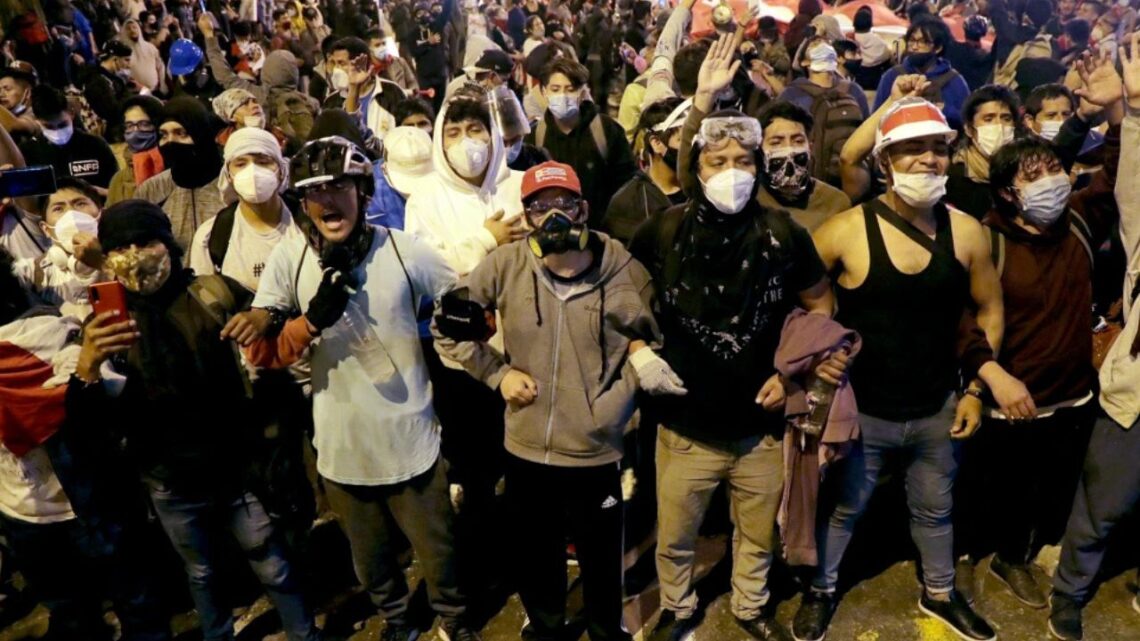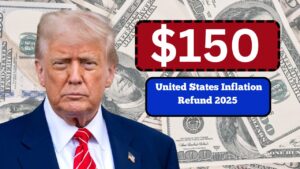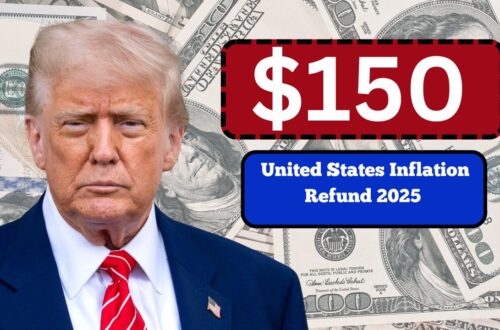When people protest, they do it because they want their voices heard. But in Peru, a recent protest ended in tragedy, showing once again how fragile peace can be when authorities use too much force.
The death of a young man, injuries to many others, and attacks on journalists have raised serious questions about the government’s handling of the crisis.
What Happened in Peru
During large demonstrations in Lima, a 32-year-old man named Eduardo Mauricio Ruiz Sanz lost his life after being shot. His death happened during a wave of social protests that have shaken Peru.
Many Peruvians took to the streets to express frustration over corruption, poor governance, and economic hardship.
The Public Prosecutor’s Office confirmed that Ruiz died from a gunshot wound. Human rights organizations have urged the government to conduct a fair and transparent investigation. They say those responsible must face justice.
Dozens Injured During Protests
The protests quickly turned violent. Dozens of people, including protesters, bystanders, and police officers, were injured. Witnesses say that police used tear gas, pellets, and physical force to control the crowds. Many call this response excessive and unnecessary.
Journalists Also Targeted
Freedom of the press is another major concern. Reports say at least 11 journalists were attacked while covering the protests in Lima.
Six of them were hit by pellets while doing their job. These incidents suggest a worrying pattern of unlawful state force against the media, which plays a vital role in informing the public.
Findings from Human Rights Groups
Investigations by several human rights observers revealed troubling details. They found that:
- Police used pellets, tear gas, and excessive physical force on many occasions.
- Violence broke out between protesters and police, showing the need for clear safety protocols.
- Peaceful protesters were often treated the same as violent individuals.
- The right to peaceful protest was not respected by the authorities.
- There is an urgent need to hold officers accountable for any human rights violations.
The groups also reminded the government that one violent act by an individual does not make the entire protest violent. It is the duty of law enforcement to respond carefully and protect peaceful demonstrators.
Why the Protests Matter
Many of the demonstrators were young Peruvians, part of a growing generation frustrated with how their country is run. They demand fair governance, justice, and equality. This generation has become a strong force for social change and refuses to stay silent in the face of injustice.
These protests also show a recurring pattern in Peru’s history, where governments often respond to dissent with repression instead of dialogue. Similar events have happened in recent years, and each time the country ends up more divided.
What Needs to Be Done
The following table summarizes what steps are needed to restore peace and trust:
| Action Needed | Purpose |
|---|---|
| Conduct independent investigation | Find who is truly responsible for the violence |
| Punish those guilty of abuse | Ensure accountability and justice |
| Improve police training | Promote lawful and respectful crowd control |
| Protect peaceful protesters | Safeguard freedom of expression |
| Defend journalists | Ensure the truth reaches the public |
Moving Forward
The Peruvian government must act urgently. It should end the use of excessive force, respect the right to protest, and listen to people’s demands instead of silencing them. The only way to rebuild trust is through justice, openness, and respect for human rights.
The tragedy in Peru shows that peace cannot exist without accountability. The death of Eduardo Mauricio Ruiz Sanz, the many injuries, and the attacks on journalists are painful reminders of what happens when power goes unchecked.
The government must now choose between continuing repression or protecting democracy by defending the rights of its people. Real peace will come only when justice and dignity are guaranteed for everyone.









